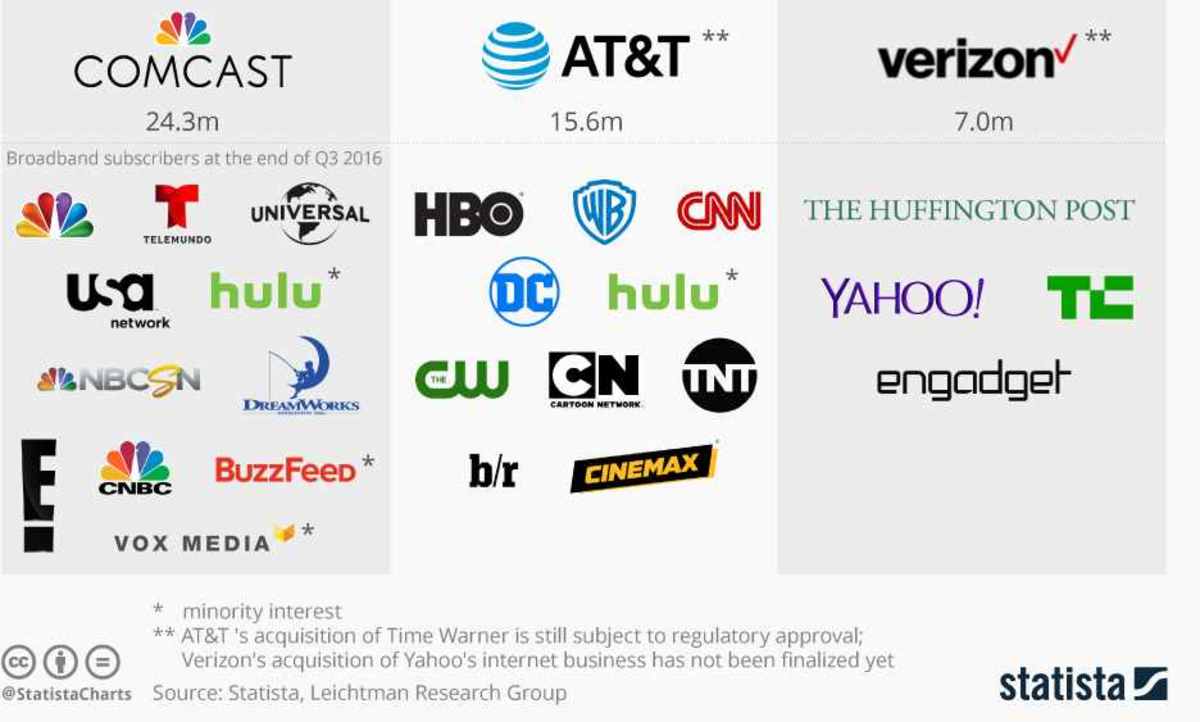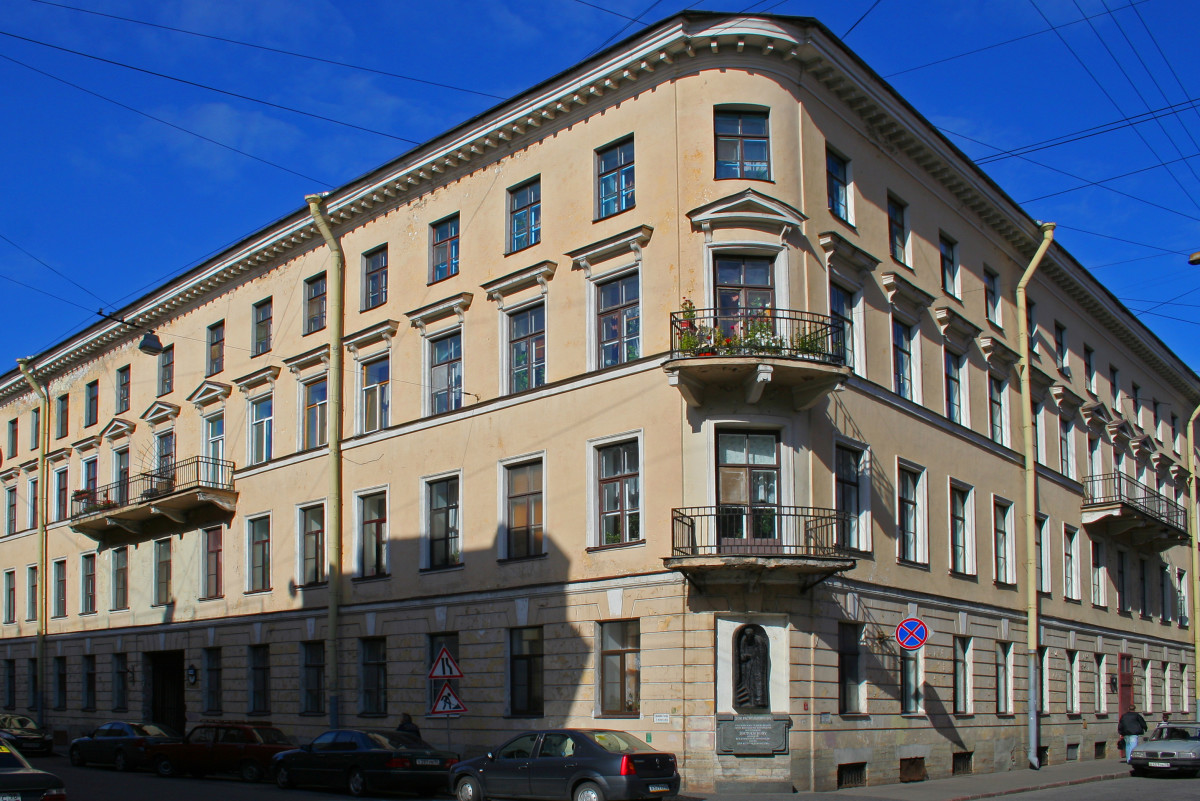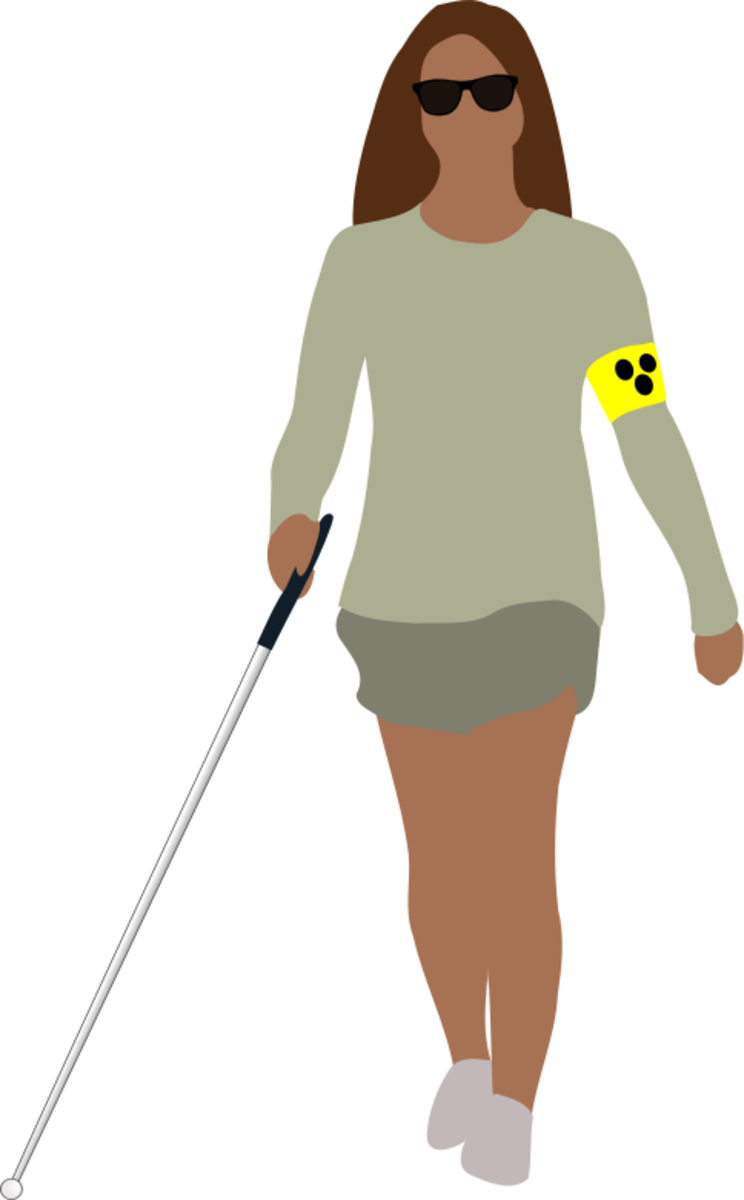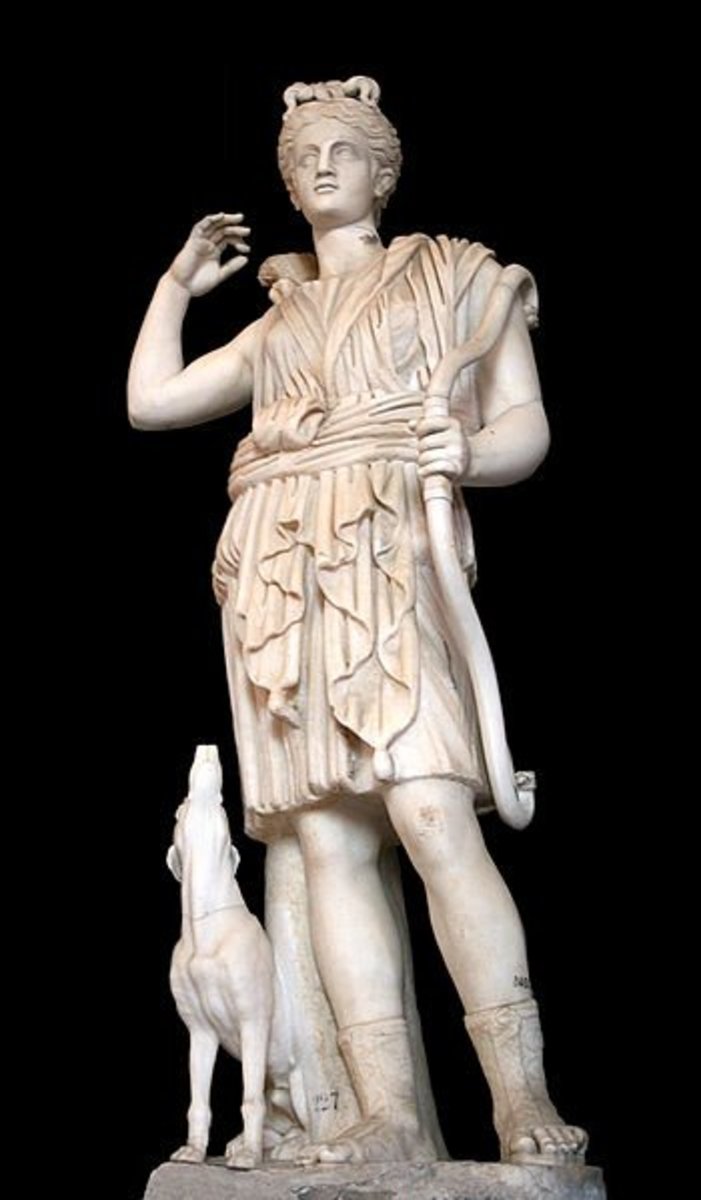Character Facets in Fyodor Dostoevsky's Great Novel The Idiot: A 21st Century Angle
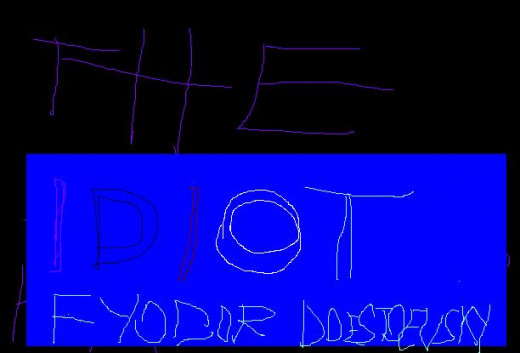
'The Idiot' in The 21st Century
The Idiot by Fyodor Dostoevsky starts on a trans-European rail journey. Prince Muishkin’s visit to a popular watering place in Switzerland would be the modern equivalent of a prolonged stay at a sanatorium nowadays. To the nineteenth century-mind, this was the perfect idea of being an esteemed invalid. To go even further, highlighting the fact that the Prince, though poor and unknown at the start, is important, at least in lineage, visiting a sanatorium would not even be the right expression in the contemporary world of the high and mighty. Did the author set the novel in modern Russia or the United States, most probably he would have chosen a personal physician, the like of which celebrities always like revisiting. The fact that, at the end of the novel, the hero actually ends up returning to the watering place puts the final straw in favor of a modern personal doctor: one always returns to him at the hour of death. Events in a life that the Prince had sought so much good in only to find gross, mundane occurrences, led him hurling back to Switzerland. Celebrities, more often than not, if their demise relates to medication, draw their last directly in the arms of a personal doctor or due to an overdose, courtesy of not heeding a close prescription.
The Beginnings: A Benefactor
Pavlicheff, the moneyed landlord of the book who started it all, became the benefactor of Prince Muishkin, and oversaw his visit to a Swiss sanatorium. It is also a lady related to Pavlicheff that finally turned the hitherto-poor-as-a-church-mouse prince, into a rich man, a respectable buffoon-puller (including the go-getter Lebedeff). Still, the prince remains an ‘idiot’ due to his perverted view of life or goodness, in the eyes of the society.
Taking the hypothesis that the 21st century is a far cry from the 19th, in terms of stumbling upon an unclaimed ‘prince’, then one might, as well, construe a new assumption for a Dostoevsky writing in our century for his hero: he would have made Pavlicheff a moneyman, possibly from the nobility, who instead of being a benefactor, becomes a sponsor. The prince, himself, if he could ever have such a problematic, yet innocent view of life, in this fast century, would have to be a scion of a noble family, born out of wedlock and hitherto living in a faraway island until the social media discovers him and puts up an outcry.
The Shifting Sceneries
One notable pattern, and indeed an ingredient of the plot in the Idiot, is that the novel has settings in diverse places. Two scenes form two essential blocks of the plotline. The first part consists of Zlatoverhoff, the original home of Pavlicheff. This is by way of passing, for no contributing event takes place here. The other important detour is Eydkuhnen, the point from where the hitherto invalid prince initiates his journey from Switzerland, where he has lived for a long while, receiving treatment from a physician-turned-benefactor. The latter, apparently, receives a letter from a distant relation of the prince for what he has reason to believe might be helpful to the latter if he embarks back to the Fatherland. This is why he settles all the transport bills and thus makes the Prince indebted to him, especially for unpaid medical expenses. The most important scene, however, in this first block of the plot is St. Petersburg, where General Epanchin and his attractive family of daughters, including the beautiful but artfully conniving Aglaya, first harpoon the heart of the innocent prince. It is also here that the heroine, the foundling beauty of the town, Nastasia Philopovna, now in the upkeep of a moneyman (from a modern perspective) who is afraid to lose her lest she betrays him (think of the social media with a dirty secret about a public figure), catches the eye of the Prince who is ready to give her salvation if it takes marriage on the spot to ensure it. It is also here that the reader comes across perhaps one of the most frightful, if most darkly villainous, of all Dostoevsky’s creations, Parfen Rogojin. He also has designs on Nastasia and, in fact, has inherited a huge blood fortune and is ready to waste money on her. A modern equivalent of this fellow is hard to find, both from an ideal and practical point of view, though he sometimes paints a picture of a riotous, disheveled playboy. Dostoevsky creates him in a shadowy pattern, inclusive of how he repeatedly recaptures Nastasia in his grasp, and equally mysteriously attempts the Prince’s life, his rival, in dark hotel corridors.
The second block of the story takes place in a tradition that still lives on, though to a different strain, in the 21st century: the summer residence. Pavlosk is the final scene of this tableau, whither the troop of characters, including the major proponent of the story, finally retire. It is here that love and religious intrigues, and in fact the entire thematic web of the novel finally resolve. It is here that Aglaya is about to marry the Prince, after lengthy artfulness on her part and equally challenging intrigues from her family. The latter institution is now commiserating on her mysterious love mumbo jumbo. She finally goes to Nastasia to settle a love triangle (from a modern perspective, one would say), only for the prince’s heart to melt for Nastasia, whom he chooses, instead, in order to ‘save, rescue her from herself.’ The final straw yet awaits the Prince here on his wedding day with Nastasia. Amid a death knoll surrounding a fellow fitful character, Hippolyte, whose basis in the story forms the greatest account of death at shorthand, perhaps, by Dostoevsky; the villainous Rogojin enters the scene and departs with the bride before murdering her in Moscow. The prince, in a strange way, succumbs to the morbid ideal of the murderer, with whom they sleep next to the corpse of their beloved, before the police storm open the doors and take them away. In similar veins to the modern important patient-and-his-physician relationship, the prince returns to the opening scene of the novel, the Swiss sanatorium.
Themes and Characterization
There is a mixture of great themes that parallel the modern scene. One of these is atheism, featuring the fitful Hippolyte, who is ready to prove, in his final fortnight on earth, that life means nothing if fate is in one’s grasp. Intrigues surrounding him involve where Gania, another essential character who was once denied by Nastasia and later by Aglaya says that the assertion by Hipppolyte that he wants to commit suicide means that he awaits a maniacal strike on several people to go with him. Talk about suicide bombers of today, but from a moral point of view not religious! Gania, on the other hand, is a strong character who returned, untouched, a sack of rubles that his betrothed, Nastasia, had wished unto him from his runaway husband, Rogojin. Lizabetha Prokofyevna represents the entire Epanchin family, for she is a double, who underscores the staunchness of her family and at the same time, its weakness, which is succumbing to societal glee, especially in the scene where they parade the untutored Prince to the eyes of the crème de la crème of Pavlosfk society. She is the modern-day ‘independent lady’ in a monogamous family with an influential yet submissive husband. No wonder they have secluded their daughters against taints of the gross mundane, to the extent of their becoming ‘Nihilists,’ especially Aglaya. Finally, Nastasia Philopovna, just like the mysterious Rogojin, is beyond description on a modern platform, for she is too perfect in her own way. But they would be the riotous celebrities or playboys of the 21st century. The most humorous and perhaps my favorite illusionary characters in the Idiot are General Igolvin and Lebedeff. Both dwell in a past where they were once glorious, after receiving battering from an unkind future. The General, in fact, is ready to give his son, Gania, a curse after the latter denies vehemently that certain characters that his father asserts are from his past(which mightn’t be true) are all fiction. One old theme that may yet have seen its heyday, but has not died completely, is the voluptuous assertion by Prince Muishkin that the Roman Catholic Church is not a church, which rekindles the passionate appeal by Pope John Paul II, early in the millennium that it is the only true church.
Thus, there is thematic, plot, and character-based directions in the Idiot by Fyodor Dostoevsky that are similar to those of life in the 21st century. Perhaps this is why this novel lives on as a masterpiece in our own century.
To read the original novel, go to:http://www.amazon.com/Idiot-Vintage-Classics-Fyodor-Dostoevsky/dp/0375702245
List Price: $21.50
Best Price: $11.59


